Back at PAX West 2016 I got to play some Gears of War 4, specifically Horde 3.0, which was debuting at the show. Afterward I got to chat with Lead Multiplayer Designer on Gears of War 4, Ryan Cleven. We talked about Horde and its many changes, but also some of the core philosophies behind Gears and its multiplayer. Check out the interview below.
You guys are debuting Horde 3.0 here. Gears of War and Horde revolutionized the co-op experience. So, what makes this mode worthy of the 3.0 moniker?
With the two versions that came ahead of it, Horde set the gold standard for co-op experiences. We wanted to make this the best co-op experience in history, inside of Gears of War. We had to go back through the whole legacy of all four games and figure out what was the essence, what made Horde so special. One of the things that we identified was that in Gears of War 2 there was the idea of emergence, that players could find ways to exploit the AI, and use tricks to survive. And this was really the best way to win. So using the boomshields to make the enemies go in different directions, and prevent them from getting to the players.
In Gears 3 they added fortifications, which added a lot of gameplay, but it made it a little more rigid. So we went back to the roots and we said “OK, what we think made Horde so special was that emergence quality.” So we wanted to embrace that, formalize it, and really blow it out. We came up with the Fabricator, we took all the fortifications and boxed them up in this military grade 3D printer. Then we put it in the hands of the players, and we let them figure out where they want to build. They can take this Fabricator and they can move it anywhere on the map, and it’s sort of the hub of their base.
We think we’ve brought the best co-op experience to Gears of War ever made.
Through that Fabricator, they can build any number of fortifications that they want, be they sentries, decoys, barriers, the new weapons locker, and turrets. It really allows players to experiment with different ways of defending. We don’t prescribe the best defense, and say “build here”. Players can try to find all the combinations that they can to exploit anything in the game that they can think of. “What does it mean to stack ten barriers on top of each other, or build ten turrets. What does that mean?” We don’t necessarily know the best way to beat the game. We know it’s beatable, because we played it, but we think that the players are going to experiment and find things that we never anticipated.
We extended that into our philosophy for classes. We wanted to bring classes to Horde in a way that both allowed players to find roles that fit and enhanced their play style. At the same time we don’t prescribe how that class should play out. We’ve used this idea of emergence to design these classes. We’ve given each class eleven skills and you can bring five of them into a Horde run. This means that you’re going to have to make a decision about how you build your class, and how your team works together.
Between all the fortifications being able to be moved, the ten maps that we’re shipping with, the five classes, each with skills, there are so many possible ways of experimenting to find the best way to beat this game mode. We think that that whole space is such a huge, rich co-op universe to go and try, that we think we’ve brought the best co-op experience to Gears of War ever made.
You mentioned something that I noticed in my playtime, that the classes aren’t set. While I chose the Engineer and had a different starting weapon, I was able to grab a different gun in the match. What made you guys go that route of having a looser class structure?
We had the survival game mode in Judgement that had classes that were very rigid. They provided great roles for the players, but it violated one of the core tenants of Horde, which is scavenging. “Whatever we need to pull together for our defense.” If I see a power weapon on the ground I need to be able to pick that up and use the two shots inside to survive. That sort of on the edge of being just about to die, but still being able to pull through, that is something that we saw as really important to Horde. So it was really important to us that while the classes start with different weapons, if they see something in a match they can pick it up.
They can build that loadout however they want. Whatever ways they want to experiment with picking up whatever weapons are on the battlefield and scavenging them, so that they can evolve that class into something that is uniquely them. We wanted them to be able to do that, and not just be limited to whatever is the key or signature weapon of that class is. And it was really important to us that people can build these classes before the match with the skills, and then into the match, and even picking their character. People have had a lot of positive reaction to that, that they aren’t just limited to “this character is this class”. They can mix and match, they get to be their favorite character and their favorite class. So ultimately they can define what that class is.
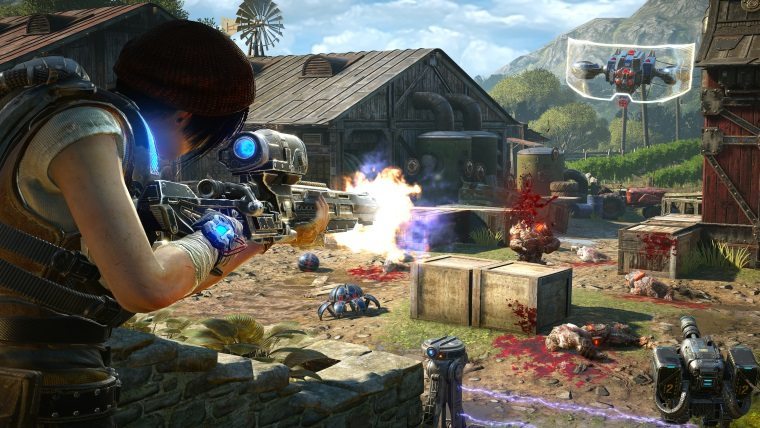
In my time with the game there was a brand new enemy. They were sort of robotic, which was a big shift from previous Gears enemies. Can you tell us more about those?
The DeeBees are the new robotic enemy inside of Gears of War 4. Initially when Horde starts out you’re facing just a few of them. Like the trackers are the rolling enemies that come towards you that explode and blow you up, all the way up to the Sentinels and the Guardians, which are these flying robots with shields. They are a very different kind of enemy then we’ve fought before. Obviously robots with shields and stuff is new to Gears of War 4, but we think that those unique challenges make Horde 3.0 different than previous Gears.
When people see a robotic enemy in Gears, they might think that the gore has been toned down. That definitely wasn’t true in my game though. With Gears being known for its gory action, has the team focused on that part of the experience in some way?
We’ve brought Gears of War to Unreal Engine 4, so that was a full rebuild. We rebuilt the entire game. In doing so, we had to make sure that it still felt like Gears. Gears has always been known for its visceral combat and its intimate violence, and we had to make sure that that still read. It was super important to all of our effects animators that whenever you use a chainsaw or whenever you got an execution, that everything felt really great, and really intense and visceral. It was definitely a focus, it was something that they worked really hard on, and we really hope that it’s something that fans will appreciate.
That concluded my time with Gears of War 4 and Ryan Cleven. You can check out my thoughts on the game and Horde 3.0 right here. Gears of War 4 hits Xbox One and Windows 10 PC on October 11th.




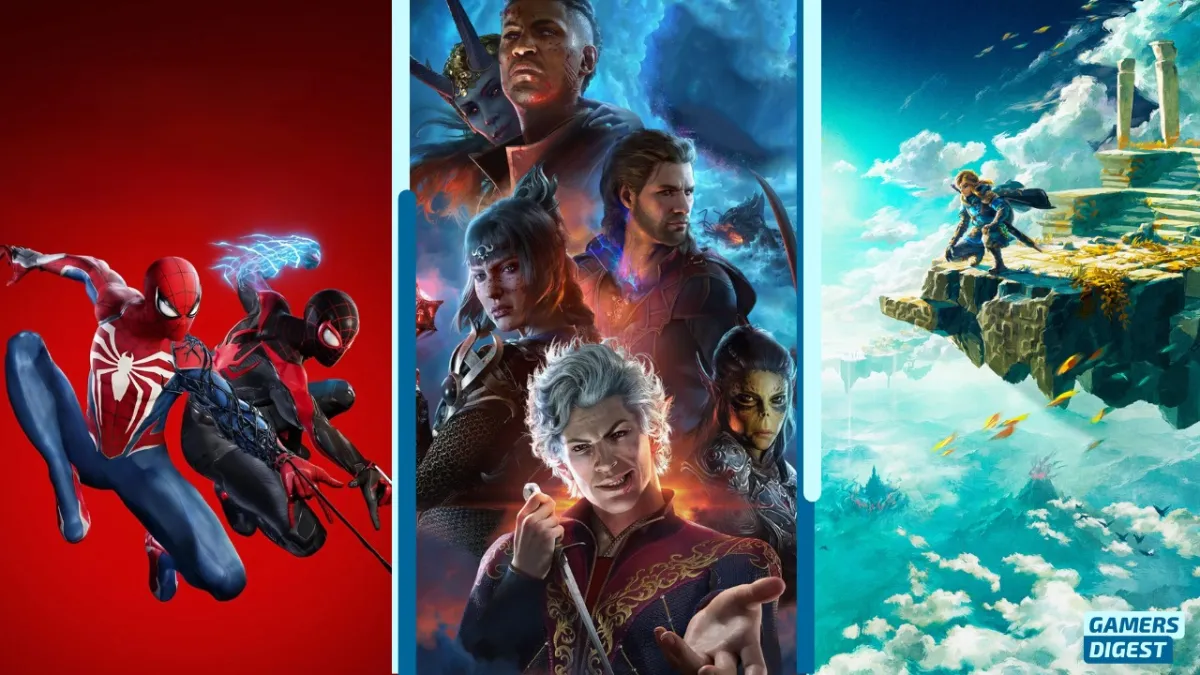
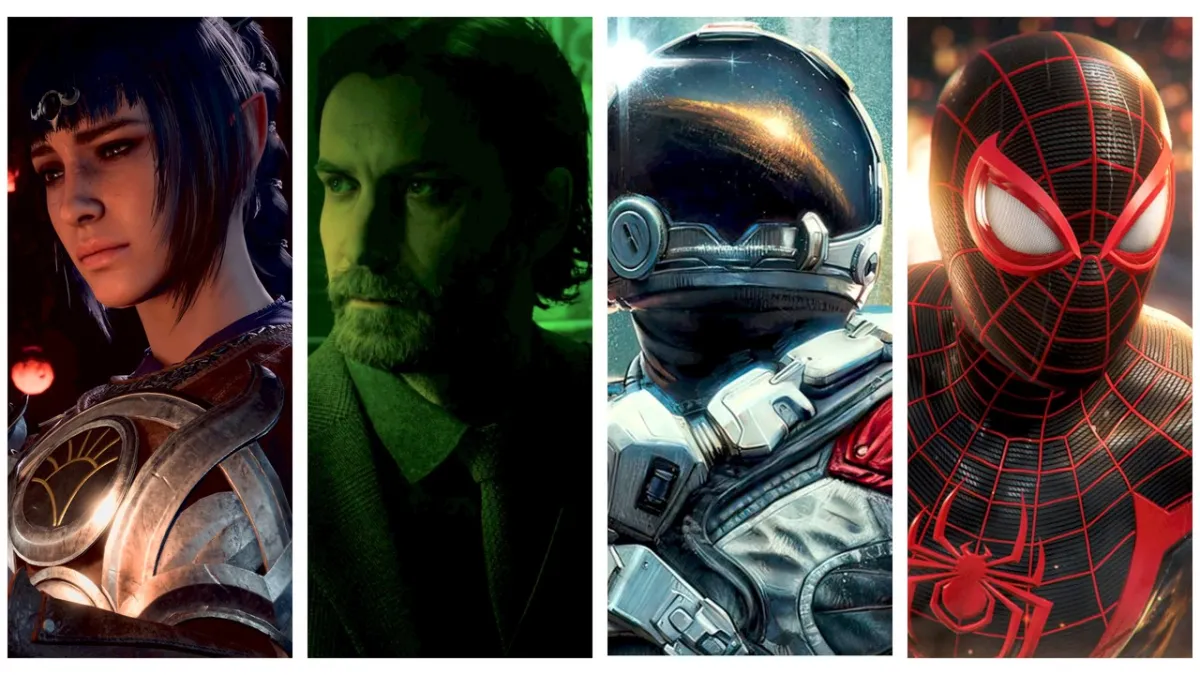
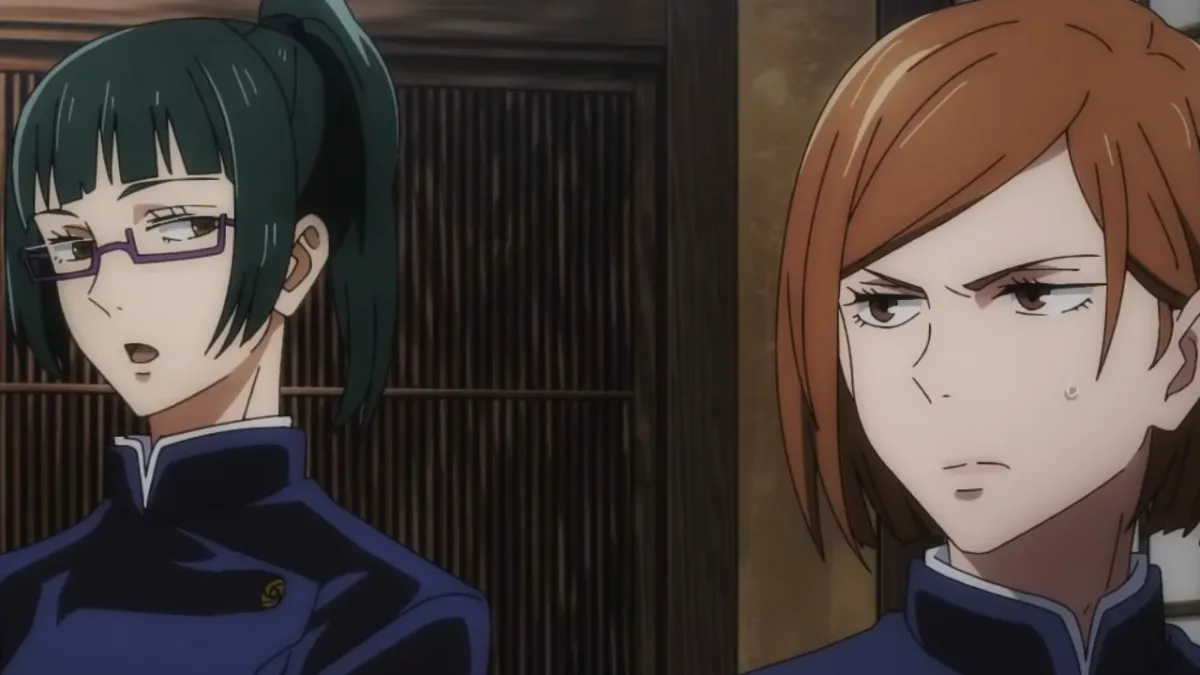
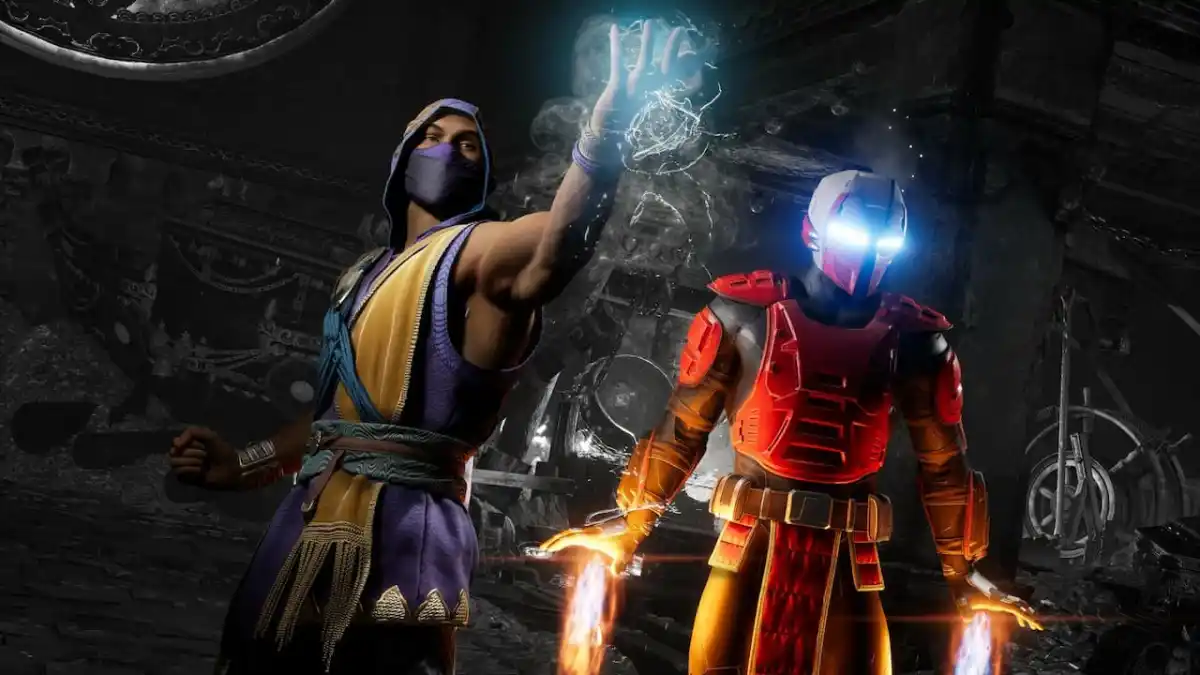
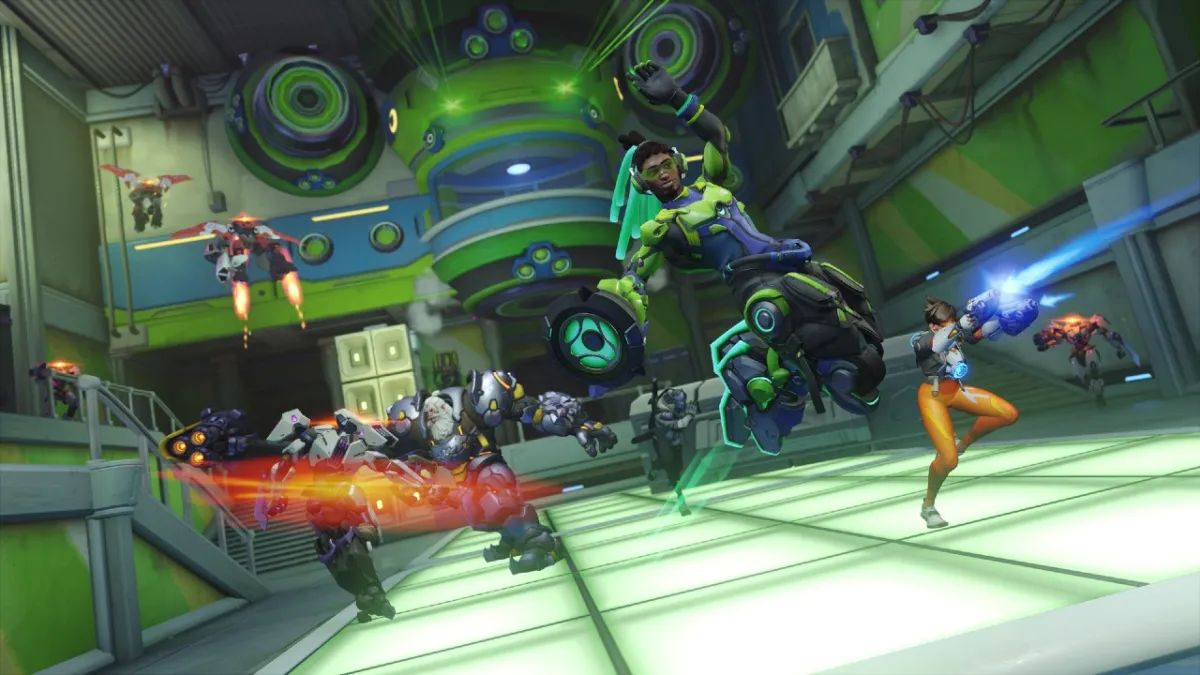


Published: Sep 29, 2016 01:45 pm